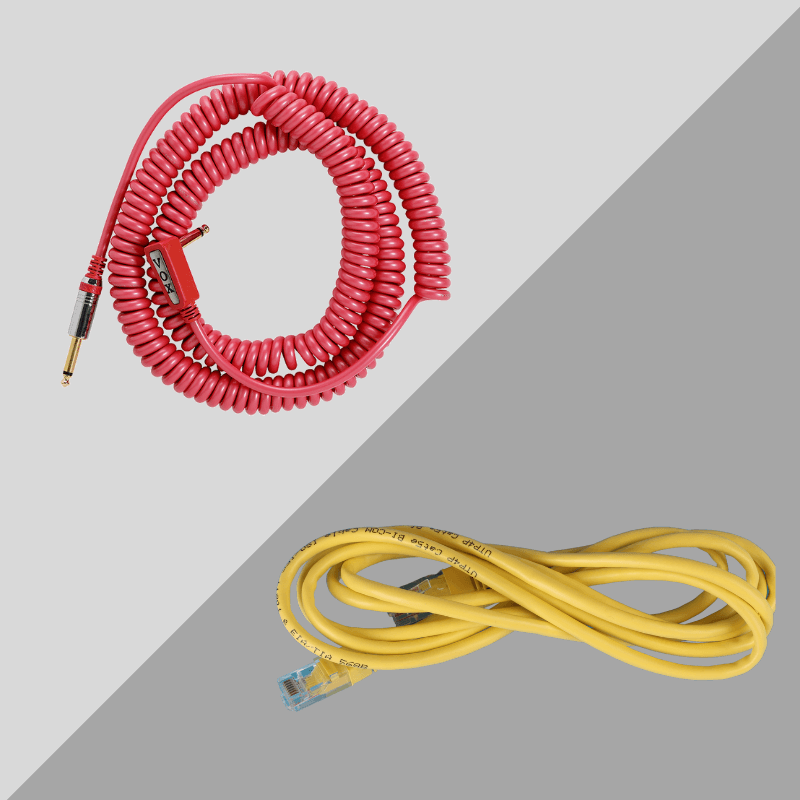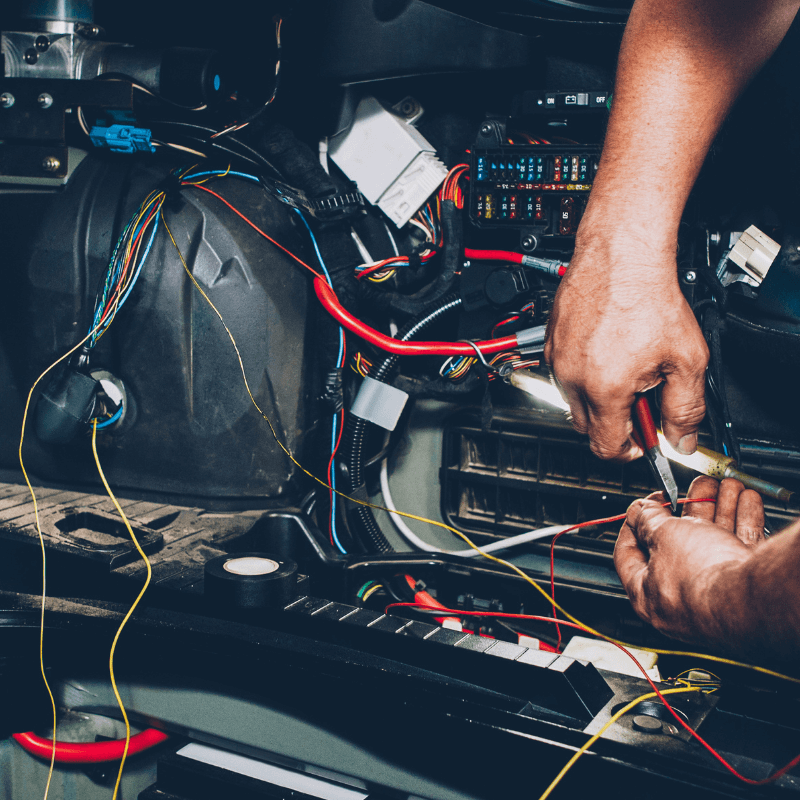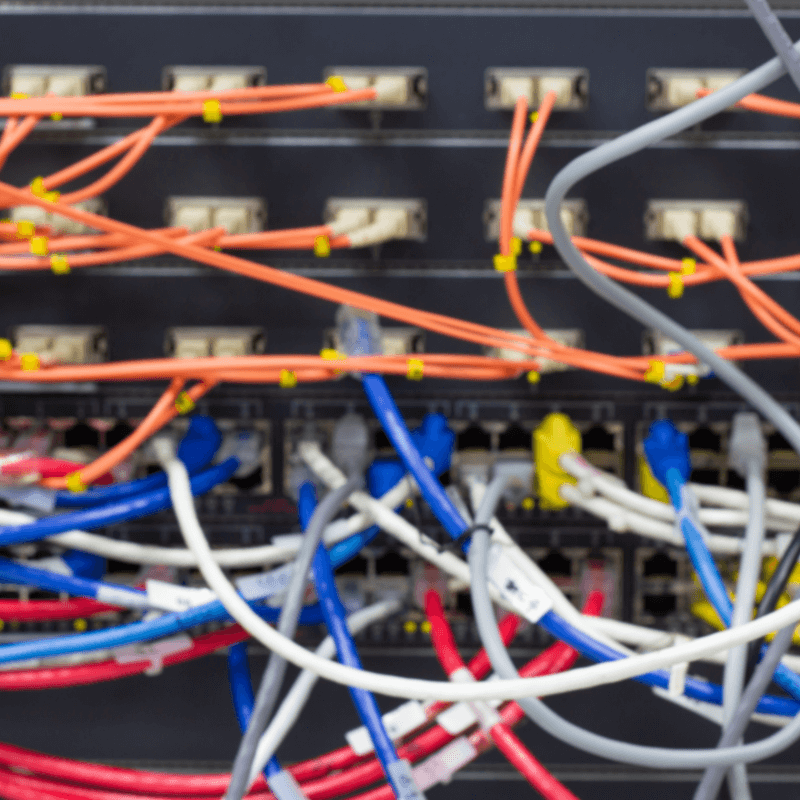In the intricate landscape of our tech-driven lives, cables silently weave connectivity into our daily
routines. In this exploration, we embark on the age-old debate: Coiled vs. Straight. Join us as we
navigate through the twists and turns to uncover the intricacies of these indispensable
connectors.
Understanding Coiled Cables
Coiled cables, akin to the acrobats of the cable world, possess a unique flexibility and
stretchiness. Imagine the convenience of neatly wound cords, springing to action when needed.
Their elastic nature finds a natural home in dynamic environments, such as stage performances,
where a bit of bounce and flexibility are paramount. From the classic telephone cord to the
cables on your favorite audio equipment, coiled cables bring a touch of flair to the world of
connectivity.
Understanding Straight Cables
In contrast, we have the straight cables – the pragmatic workhorses of the cable realm. These
linear connectors take the direct route, prioritizing simplicity and a straightforward connection.
Think of your trusty Ethernet cables or the charging cords that power your everyday devices. In
scenarios where predictability and a clean, direct link are key, straight cables emerge as the
dependable choice.
Comparative Analysis: Coiled vs. Straight Cables
Diving deeper into the analysis, coiled cables bring a certain dynamism to the table. Their ability
to stretch and retract makes them ideal for settings where space efficiency and adaptability are
crucial. Picture the tangled mess of cables on stage – coiled cables bring order to chaos. On the
flip side, straight cables shine in scenarios demanding reliability and a direct pathway. Whether
it’s transmitting data or charging your devices, the straightforward approach ensures stability and
consistency.
Common Uses and Best Practices
Coiled cables, with their penchant for the unexpected, find their stride in dynamic environments.
From live performances on stage to charging cords in your car, their adaptability to tight spaces
and on-the-go scenarios is unmatched. On the other hand, straight cables find comfort in
everyday connections. Charging your devices, establishing a stable internet connection at home
– these are the scenarios where the linear simplicity of straight cables excels. The rule of thumb?
Match your cable to the demands of your space and needs for optimal performance.
Factors to Consider When Choosing Between Coiled and Straight Cables
When navigating the coiled vs. straight dilemma, factors like flexibility, length, and environmental
considerations take center stage. Coiled cables, with their inherent elasticity, prove
advantageous in settings with spatial constraints or dynamic requirements. Straight cables, with
their no-nonsense approach, shine when reliability and a direct path are non-negotiable.
Conclusion
In the grand symphony of cables, the choice between coiled and straight wires adds a unique
melody to your tech ensemble. Whether you’re strumming a guitar on stage or simply charging
your devices at home, understanding the nuances ensures you’re well-connected. So, as you
navigate the cable labyrinth, which path will you choose – the coils or the straight route? The
power is in your hands as you embark on this journey through the intricate world of connectivity.
Stay wired, stay savvy!




